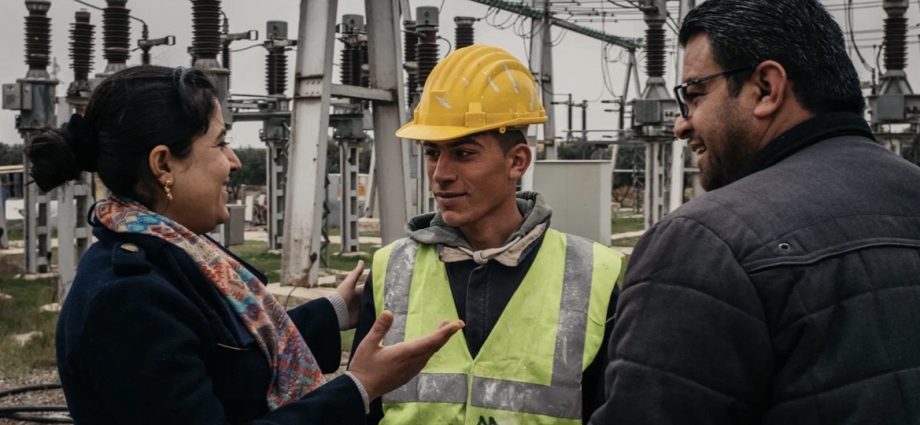Raqqa was the capital of the Islamic State (ISIS) before it was liberated four years ago by the Syrian Democratic Forces (SDF). The people of the city suffered under the rule of ISIS ideology, a brutal set of strictures disguised as Islamic law. All were under constant threat of persecution, whether Arab, Kurd, Muslim, Christian, etc. After a months-long battle, in which hundreds of SDF soldiers were martyred, the city was fully liberated in October 2017. The military campaign to free the city from the so-called Caliphate had ended, and the struggle to rebuild the city, along with the lives of its hundreds of thousands of citizens, began.
When Raqqa was liberated four years ago, the city was largely in ruins. The streets were covered in rubble, its citizens were largely displaced, and tens of thousands of mines and IEDs that were left by ISIS littered the city, posing a huge risk to the safety of both security forces and civilians. The education system of the city had been utilized by ISIS to brainwash the people, including children. Services were nonexistent after months of warfare. The status of women in the city had been abysmal under ISIS rule. Raqqa’s society had to be rebuilt from the ground up.
In order to rebuild Raqqa both physically and socially, the Autonomous Administration of North and East Syria (AANES) has undertaken many actions to address the major issues plaguing the city. The Raqqa Civil Council was formed to run the civilian affairs of the city, with two Co-Chairs leading it. One of the Co-Chairs is Leila Mustafa, a Kurdish woman who is a civil engineer by profession. The other is Muhammad Nour al-Theeb, a local Arab tribal leader. They have led the efforts in rebuilding the city.
One of the most pressing issues that the AANES has been focused on is making the city physically safe to inhabit again. Removing rubble and explosives that have been leftover from ISIS has thus been a top priority. Despite COVID and the depreciation of the Syrian currency slowing efforts, over 3,000 permits of restoration and reconstruction have been issued according to Ahmad Ibrahim, Co-Chair of the People’s Municipality of Raqqa. Furthermore, more than 8,000 mines and IEDs have been removed from city streets and houses. As the streets have been cleared, roads have been reopened, and 70% of the bridges in Raqqa have been repaired.
The education system’s reconstruction has likewise been essential to bringing about a return to normal life. There have been more than 394 schools that have been rehabilitated, and over 120,000 students have been enrolled in these schools. Many of these are internally displaced persons (IDPs) from other parts of Syria, as Raqqa’s population has swelled to almost a million people due to an influx of IDPs. Approximately 13,000 new job opportunities have been created as a result of the reconstruction, with the opening of new businesses, schools, and other places of work.
The AANES will continue to give its full attention to Raqqa and its ongoing reconstruction process. A significant amount of progress has been made since the city was liberated more than four years ago, but the continuing economic crisis, the cutting off of water to the region by Turkey, as well as the COVID crisis have all exacerbated an already difficult situation. Raqqa has a larger population today than it ever has before, and in order to accommodate its people, there needs to be continued and expanded support for its reconstruction, especially from international actors, both NGOs and governments. An essential part of the war against terrorism in Syria is ensuring that stability, services, and job opportunities are provided to the people, so that ISIS cannot take advantage of economic instability or security vacuums.

